16 GPTs for Design Validation Powered by AI for Free of 2025
AI GPTs for Design Validation refer to the application of Generative Pre-trained Transformers in the domain of design verification and validation. These AI tools are engineered to understand, analyze, and assess designs against specified criteria and standards, ensuring that the final products meet the intended quality, functionality, and performance requirements. By leveraging natural language processing and machine learning, these GPTs offer precise and efficient solutions tailored for design validation tasks, thereby streamlining the design review process and enhancing the overall quality of products.
Top 10 GPTs for Design Validation are: Architectural Renderings,Mechanics of Materials,Application Mockup for UI Design,视觉验证器,Structura-GPT,3D Model Conceptualizer,Bridge Master LRFD,Engineering Companion,California Building Code Helper,Weak Point Analyzer
Architectural Renderings
AI-powered renderings for architectural projects

Mechanics of Materials
Empowering design with AI-driven insights
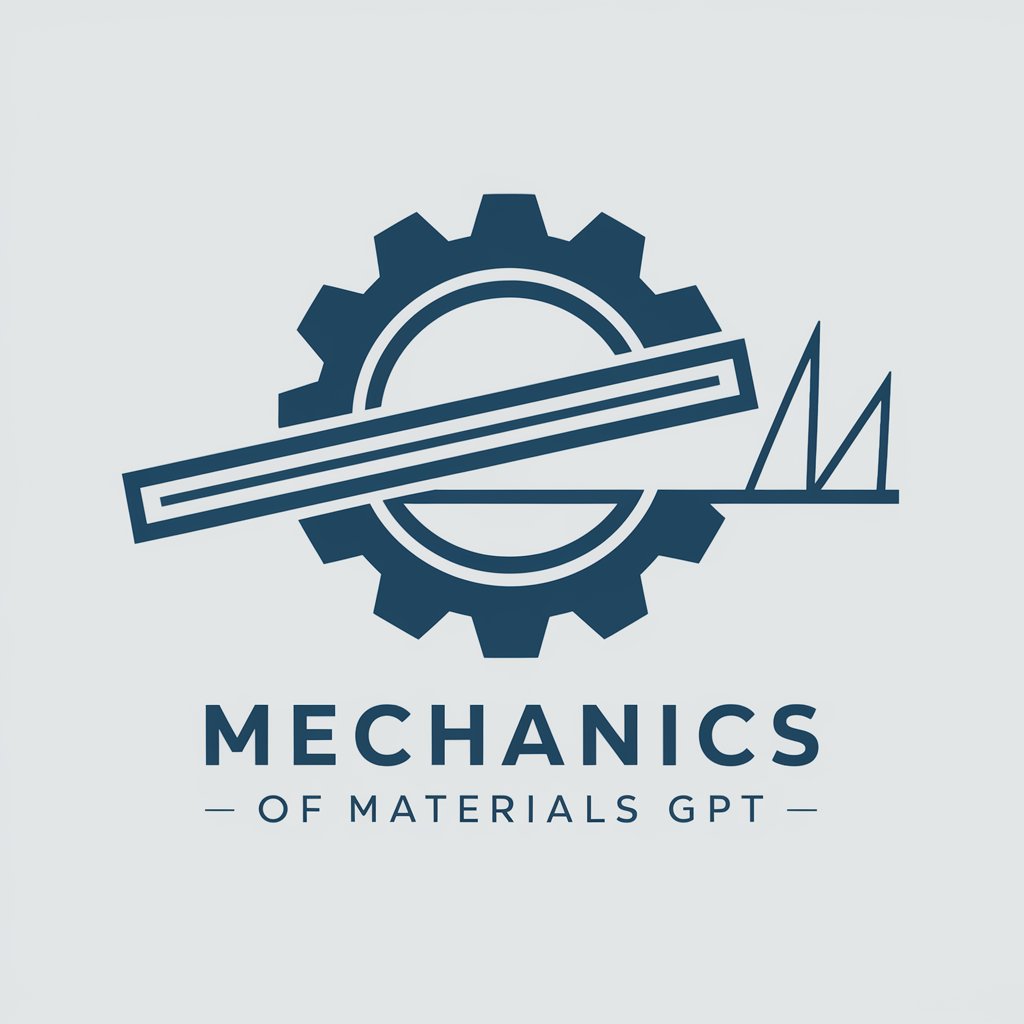
Application Mockup for UI Design
Crafting Realistic UI Mockups with AI

视觉验证器
Transforming Visions into Verifiable Data

Structura-GPT
AI-Powered Structural Engineering Insights
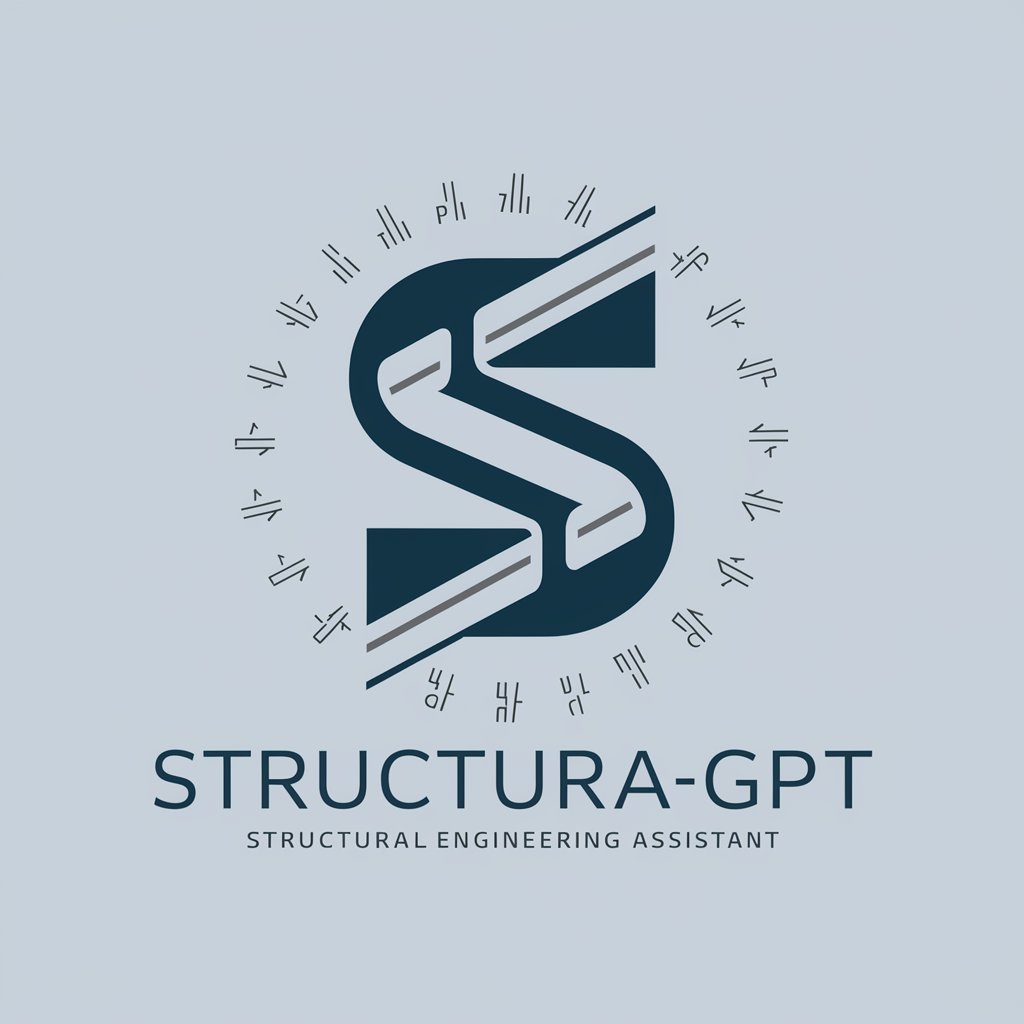
3D Model Conceptualizer
Transforming concepts into visual models.
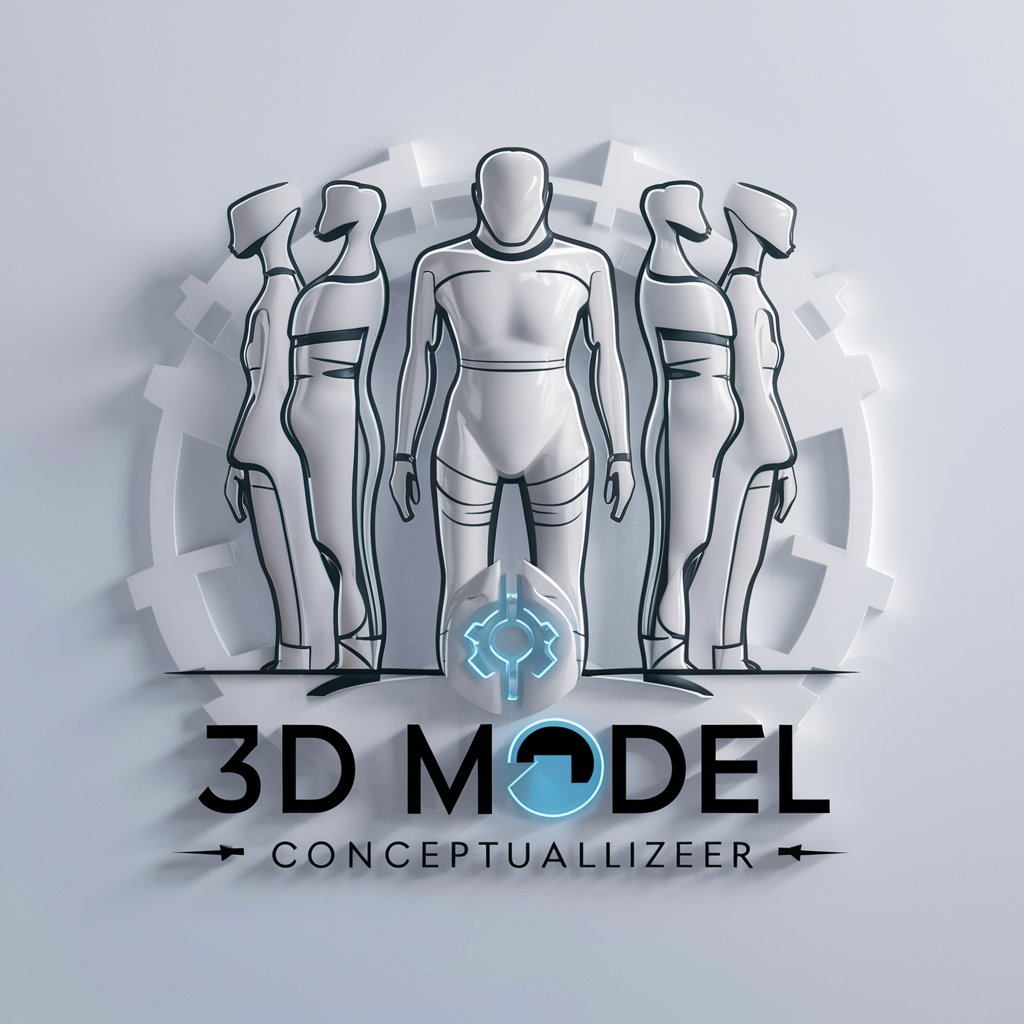
Bridge Master LRFD
Precision in bridge engineering design
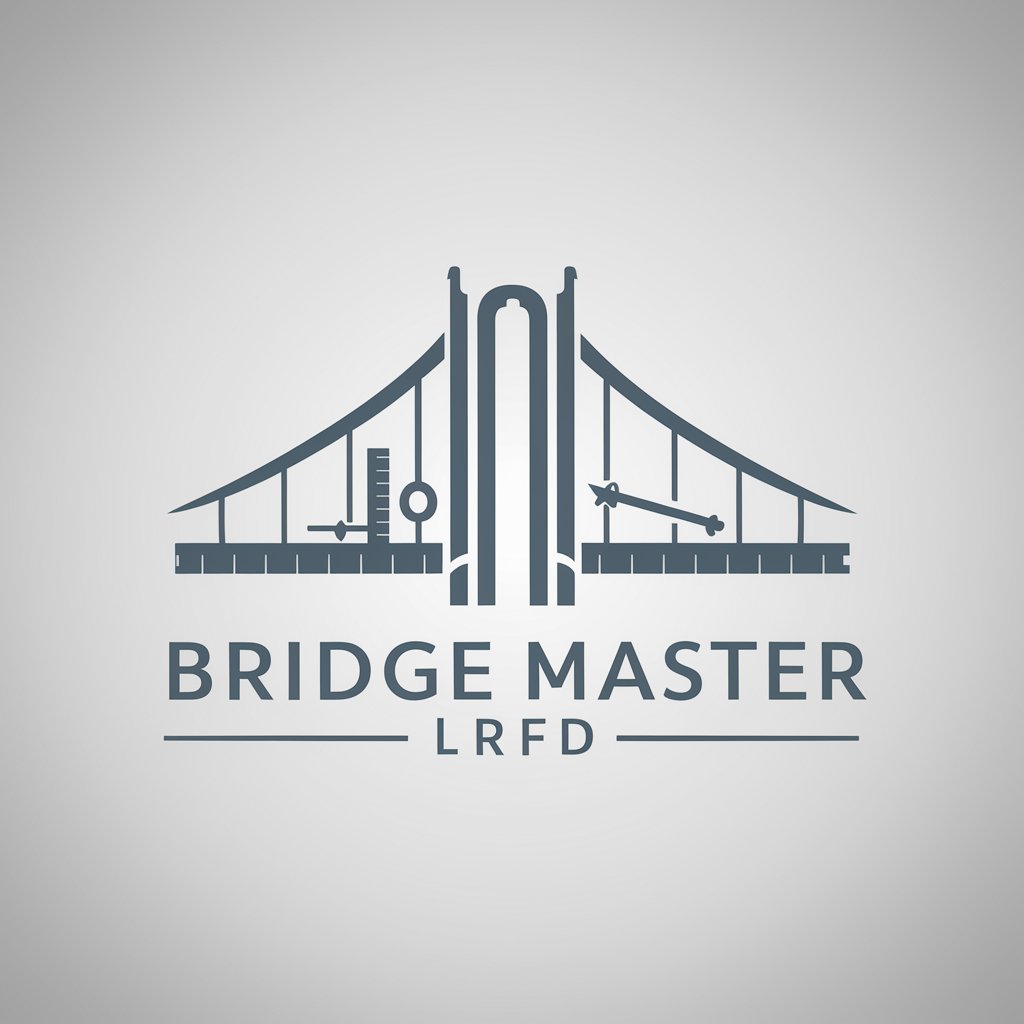
Engineering Companion
Empowering Engineering with AI
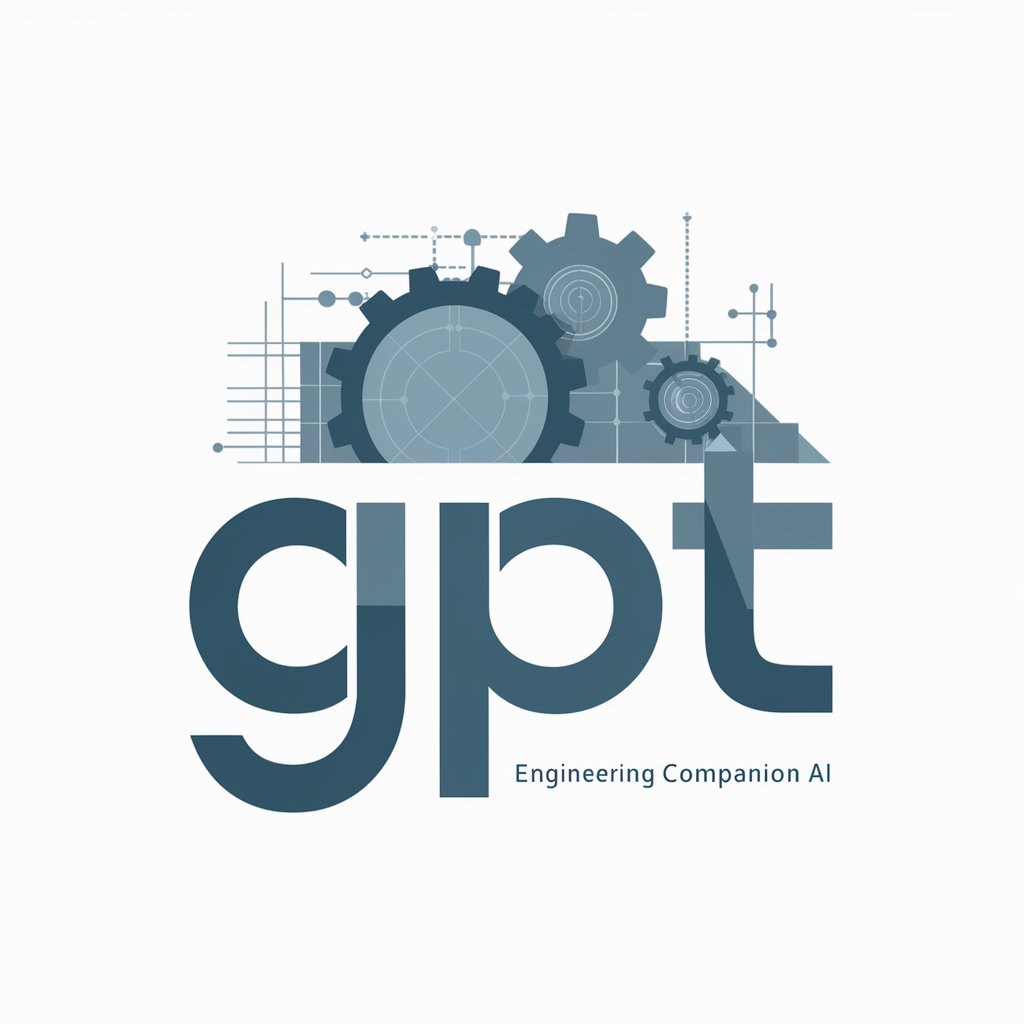
California Building Code Helper
Navigating Building Codes with AI
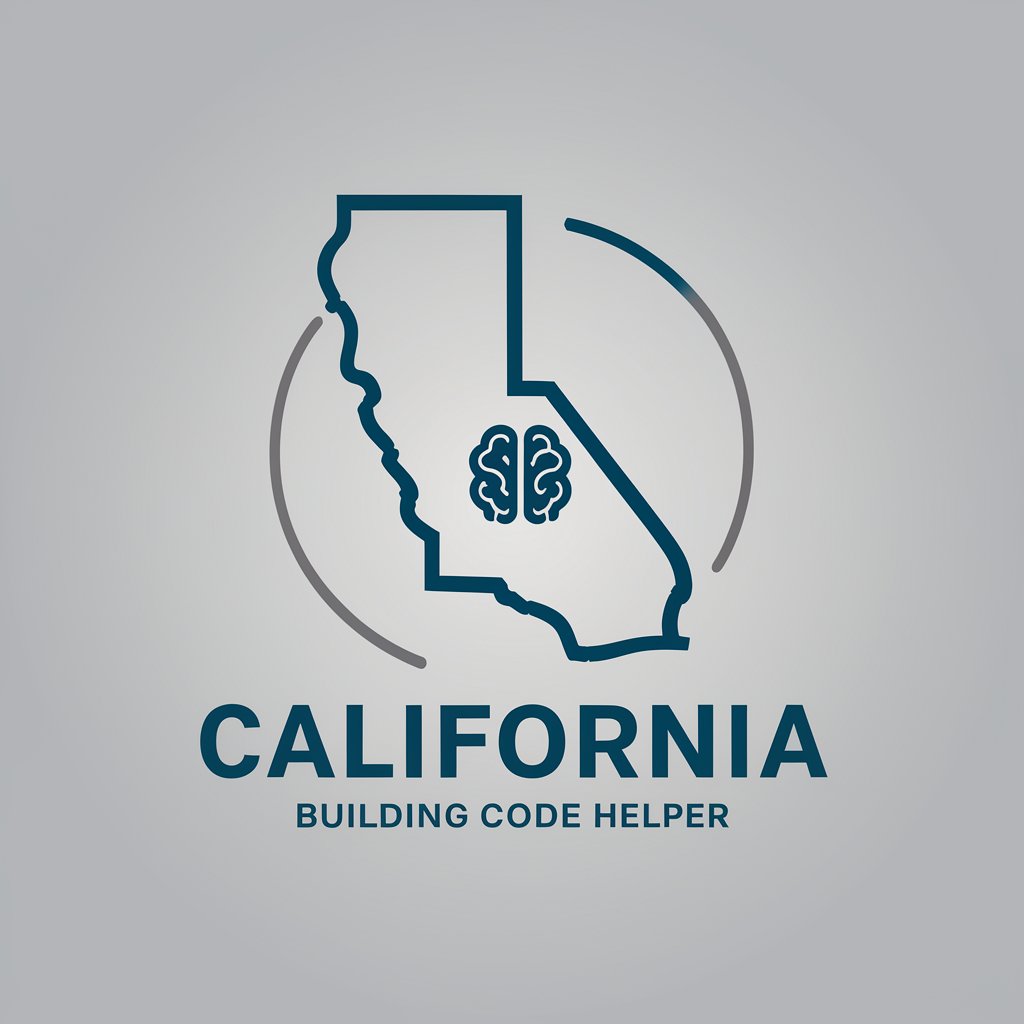
Weak Point Analyzer
AI-powered Structural Integrity Insights

DEMO Usability Test Coach
Empowering Product Usability with AI
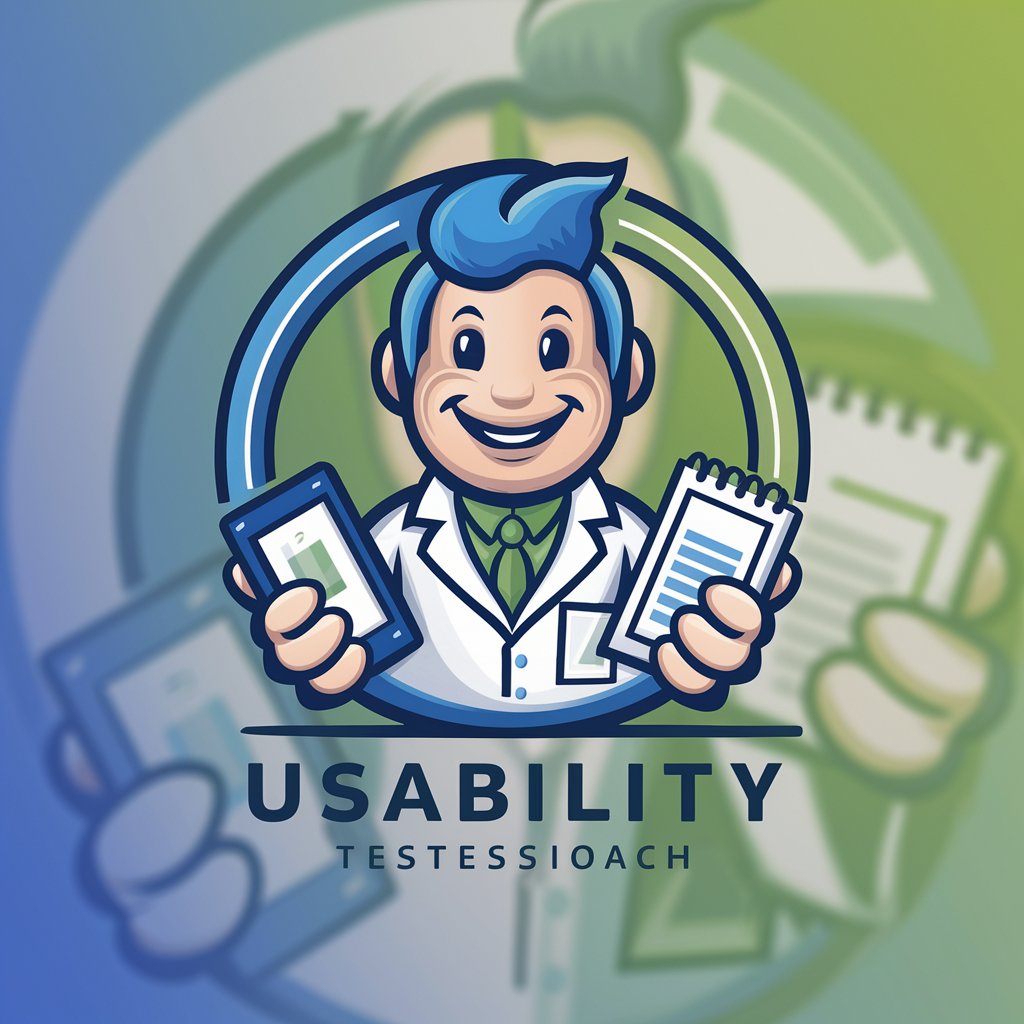
The Engineer
Empowering Engineering with AI
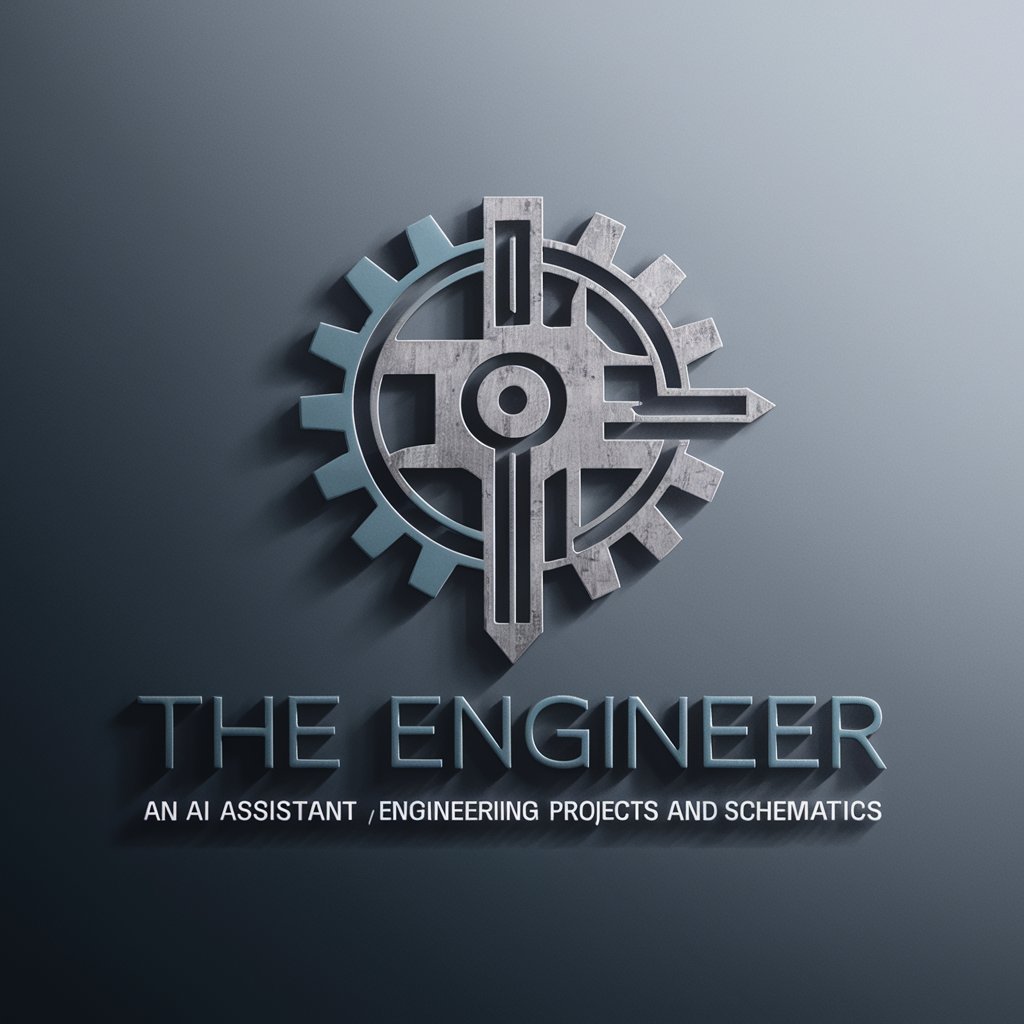
ユーザーインタビュー博士
Discover genuine user insights with AI
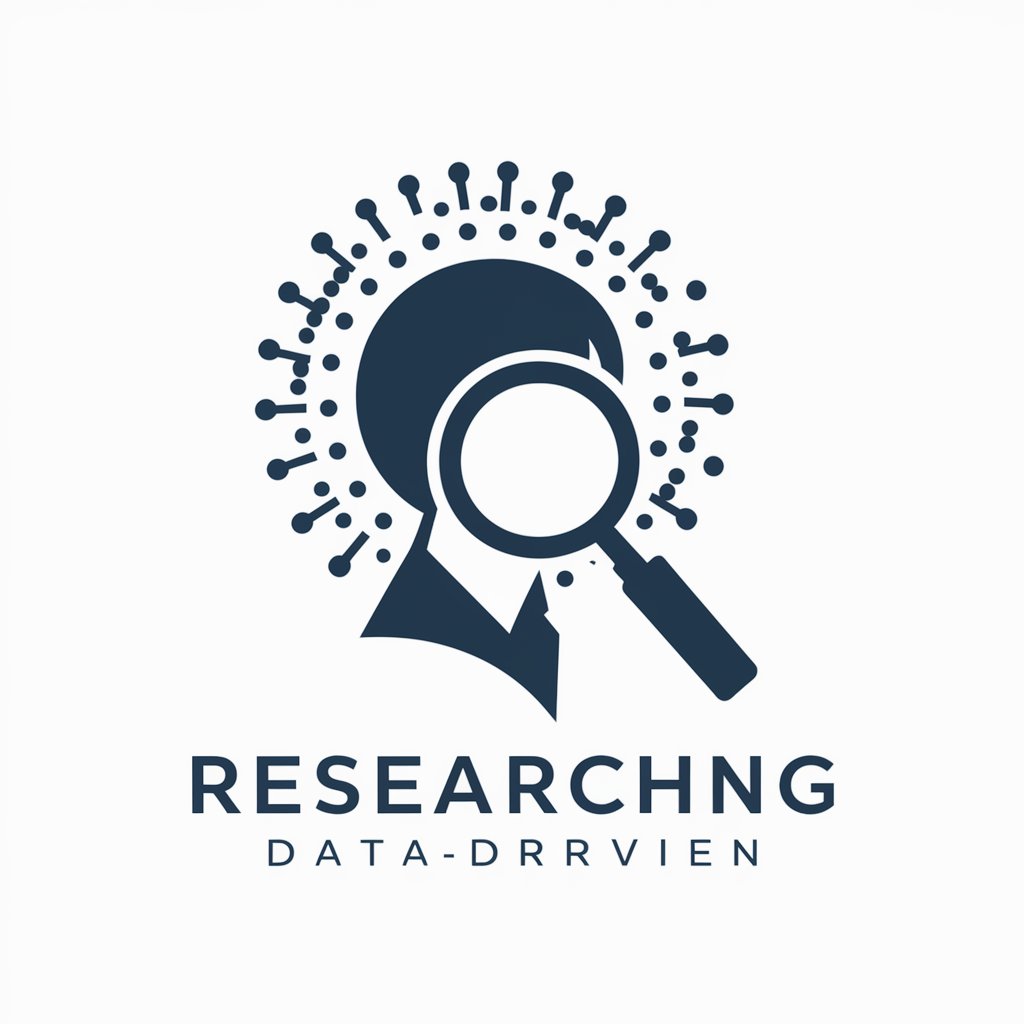
Mechanics of Deformable Bodies Tutor
Empowering Engineering Decisions with AI
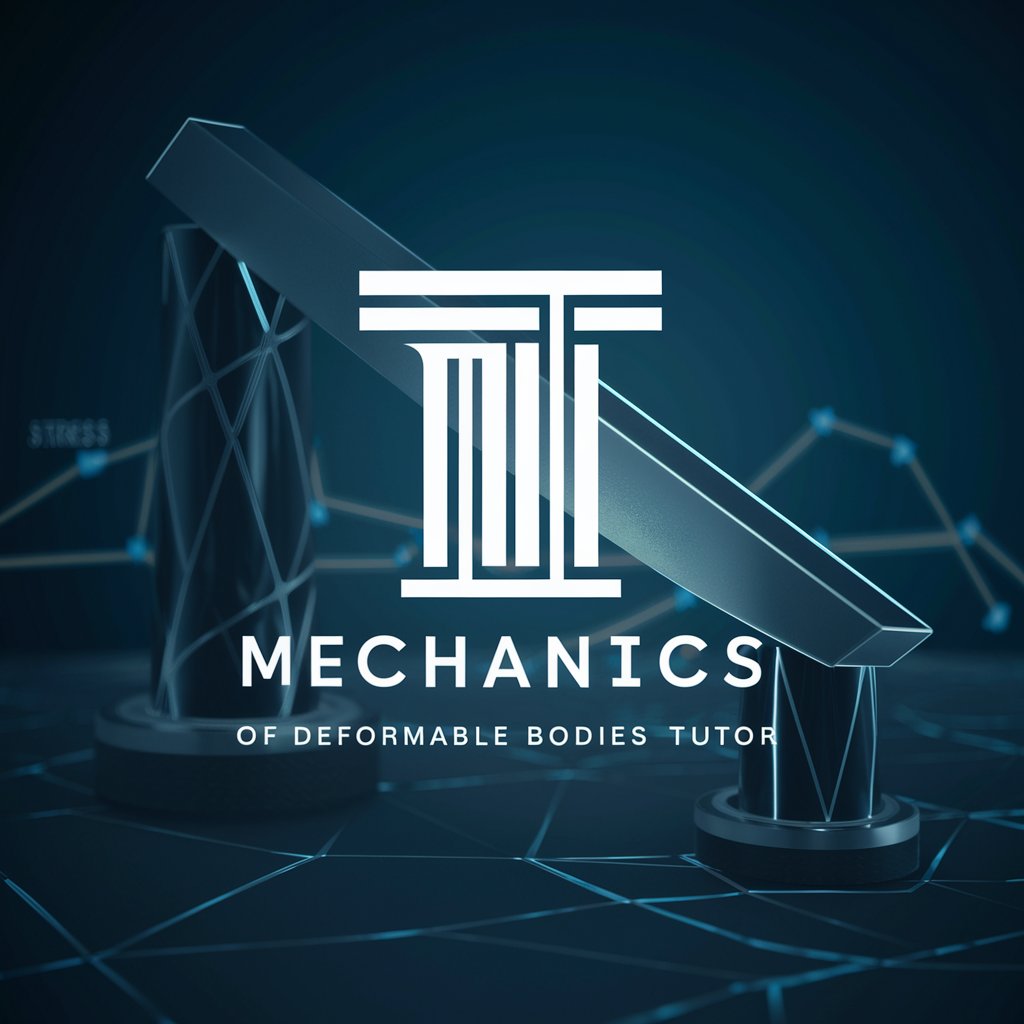
Vehicle Safety Feature Developer
Empowering safer driving with AI

AI Ship Weight Assistant
Simplify Ship Weight Calculations with AI
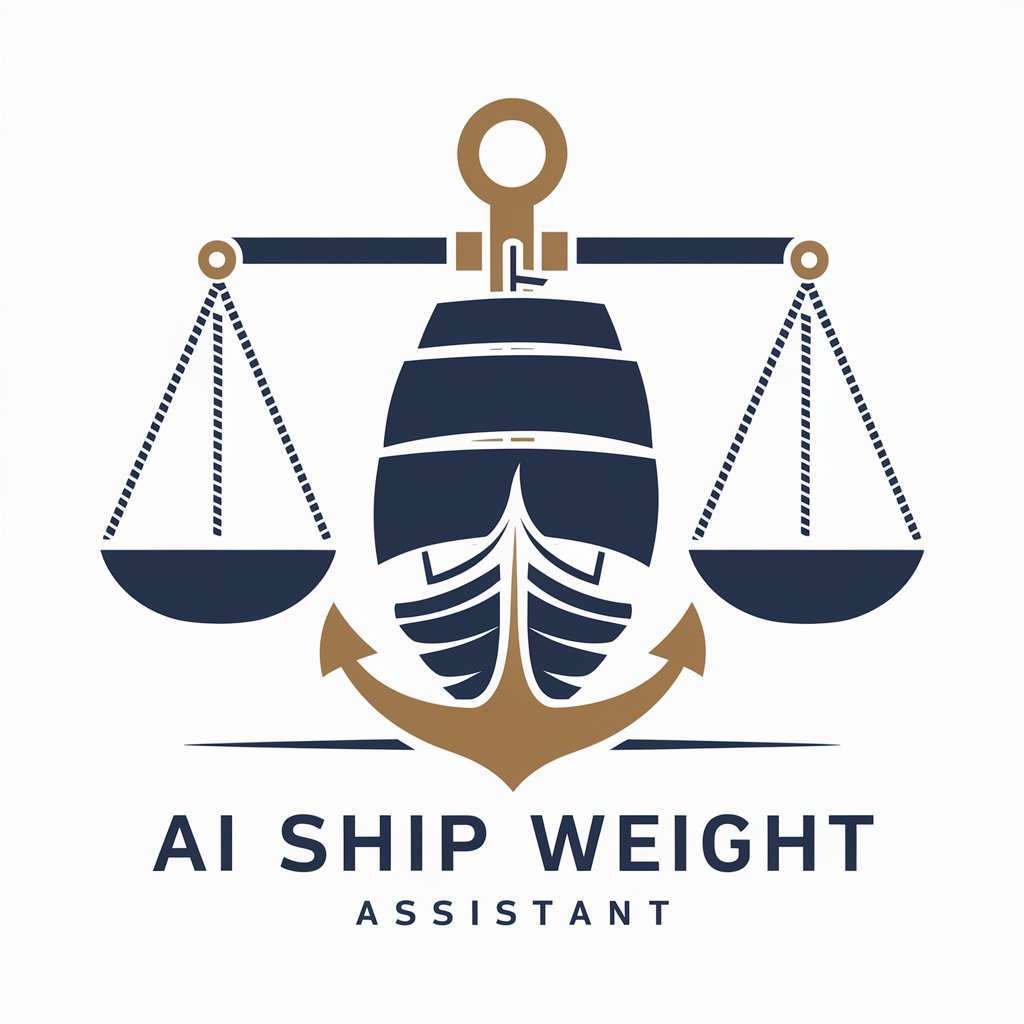
Key Attributes and Capabilities
AI GPTs designed for Design Validation boast a range of unique features that set them apart. These include advanced language comprehension for interpreting design documents, the ability to generate and validate test cases, integration with CAD (Computer-Aided Design) tools for automated design checking, and sophisticated data analysis for identifying potential design flaws. Furthermore, their adaptability allows them to cater to various complexity levels within design validation, from simple component checks to complex system-wide validations.
Intended Users of Design Validation AI
The primary users of AI GPTs for Design Validation encompass a broad spectrum, including design novices seeking to learn and apply design principles, developers integrating these tools into larger design systems, and professionals in engineering and design fields aiming for efficiency and precision in their work. These tools are crafted to be accessible to individuals without extensive coding skills, while also offering deep customization options for those with programming backgrounds.
Try Our other AI GPTs tools for Free
Financial Reconciliation
Discover how AI GPTs for Financial Reconciliation revolutionize financial processes, offering precision, efficiency, and adaptability for accurate financial reporting.
Transaction Verification
Explore AI GPTs for Transaction Verification, leveraging AI to automate, validate, and secure financial transactions with accuracy and efficiency.
Accounting Assistance
Discover AI-powered GPT tools designed for streamlined accounting assistance, offering intuitive support for financial tasks, analysis, and forecasting.
Integration Optimization
Discover how AI GPTs for Integration Optimization streamline complex system integrations with advanced AI, offering tailored, efficient solutions for seamless interoperability.
Social Media Insights
Discover how AI GPTs for Social Media Insights revolutionize content strategy with advanced analytics and tailored insights for impactful engagement.
Custom Scripting
Discover the power of AI GPTs for Custom Scripting – your versatile, intelligent scripting assistant. Ideal for automating tasks and enhancing productivity across various fields.
Further Perspectives on AI in Design Validation
AI GPTs represent a transformative approach to design validation, offering scalable solutions across various sectors. These tools not only simplify the validation process but also integrate smoothly with existing workflows, enabling real-time collaboration, iterative testing, and continuous improvement. The user-friendly interfaces of these AI tools further democratize access to advanced design validation techniques, making high-quality design more attainable.
Frequently Asked Questions
What exactly is AI GPT for Design Validation?
AI GPT for Design Validation involves using AI-powered tools to assess and ensure that designs meet predefined standards and criteria, leveraging the capabilities of Generative Pre-trained Transformers to automate and enhance the validation process.
How do these AI tools integrate with existing design software?
These AI tools can be integrated through APIs or as plugins, allowing them to seamlessly interact with existing CAD software and design validation suites to provide enhanced analytics and automated checking capabilities.
Can non-technical users utilize AI GPTs for Design Validation?
Yes, these tools are designed with user-friendly interfaces that enable non-technical users to perform complex design validations without needing extensive programming knowledge.
What types of designs can AI GPTs validate?
AI GPTs can validate a wide range of designs, from digital circuits and mechanical components to complex architectural plans, depending on the tool's specific capabilities and the user's requirements.
How do AI GPTs enhance the accuracy of design validation?
By leveraging advanced algorithms and machine learning models, AI GPTs can detect nuanced errors and potential issues that might be overlooked in manual validations, thus enhancing the accuracy and reliability of the validation process.
Are there customization options for specialized design validation needs?
Yes, many AI GPTs offer extensive customization options, allowing users to tailor the tool's capabilities to specific design validation requirements, including custom rule sets, validation parameters, and integration with specialized design tools.
What is the learning curve like for using these AI GPTs in design validation?
While there is an initial learning curve, especially for users unfamiliar with AI and design validation principles, most tools provide comprehensive tutorials, documentation, and support to facilitate user onboarding and proficiency.
Can AI GPTs for Design Validation predict potential future failures in designs?
Yes, through predictive analysis and simulating different scenarios, AI GPTs can identify potential failure points and stress conditions in designs, allowing for preemptive adjustments and improvements.